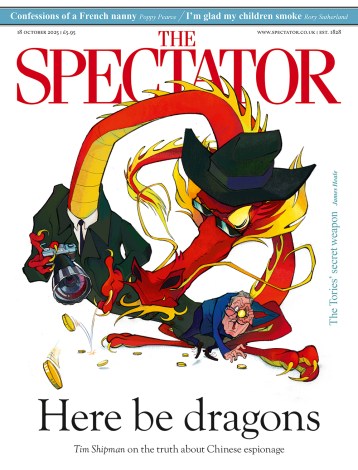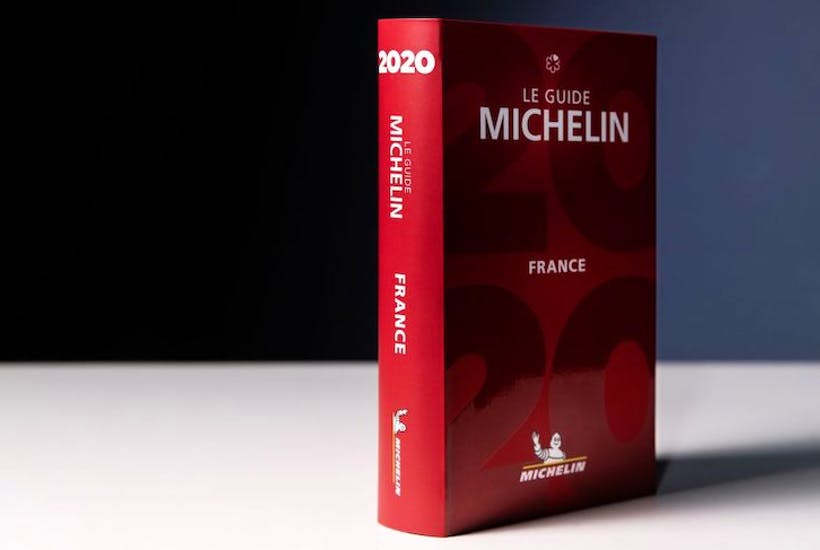The Michelin Red Guide is a marketing device to sell tyres by selling pastries. The guide was invented in 1900 by Michelin, the French tyre company, which is now the second-largest tyre company in the world. The guide initially covered restaurants in France, then spread to Belgium, the Alps, Germany, north Africa, Britain and, eventually, the USA and Japan. It began to award stars – the golden number is three – for restaurants in 1926, copying Baedeker’s and Murray’s guides and it insinuated the idea that French food is the best in the world. The Guardian quoted someone calling the Red Guide, ‘a tool of Gallic cultural imperialism’.
One Michelin inspector – the Frenchman Pascal Remy – wrote about a book about it. It was called The Inspector Sits Down at the Table. He describes the job as lonely, underpaid drudgery, and I believe him. But the gloss of marketing – once so shining – has dulled a little in recent years. It has become quite fashionable to return your Michelin star, like rejecting the OBE to hold out for the Order of Merit. Skye Gyngell of the Petersham Nurseries Café quit after receiving a star in 2011 because it changed customer’s expectations – I euphemise – but now she says she regrets criticising the guide. In 2003 the French chef Bernard Loiseau killed himself after being threatened with demotion to two stars; that story haunts me.
Now Michelin has stepped deeper into the looking glass. It has added a new category of award to sit with its stars for excellence in cuisine: a green leaf for ‘sustainable gastronomy’. It is awarded for kindness to staff, which is depressing since they should have it anyway, for recycling waste, and for using more renewable energy but less meat.
We all now know – except James Delingpole, perhaps – that burning so many fossil fuels was probably not such a great idea, even if we did go to some very swanky restaurants as we burned them and ate wonderful pastries too. So, Michelin awarding awards for sustainability, for example to Alain Ducasse’s three-star restaurant in the Plaza Athénéé in Paris is pretty ridiculous, when you consider there is nothing that incites more air miles than a grand hotel. It is rather like Ferrari awarding a green leaf to whichever of its designers decides to cycle to work. It is charming if you want to talk about food miles and foraging and whether pleased ducks taste better than angry ducks; it is helpful if you want to be seen to be doing something without actually doing anything. Because it is utterly meaningless. It does, however, do two things – it allows chefs to smile at themselves, which they deserve, and it sells more tyres. It is selling tyres now. In the guise of selling tyres 51 restaurants won a green leaf this year; and congratulations to them.
Of course, sustainability isn’t a terrible thing – it’s an excellent thing in an Anglo-Saxon, or an ancient Greek, or a dog. For the buyers of luxury goods though, it is a feather in the wind of what they have done, and will do in future, and I cannot decide whether Michelin is simply credulous, or, more like, still the most cynical PR machine in food. I mean tyres.







Comments